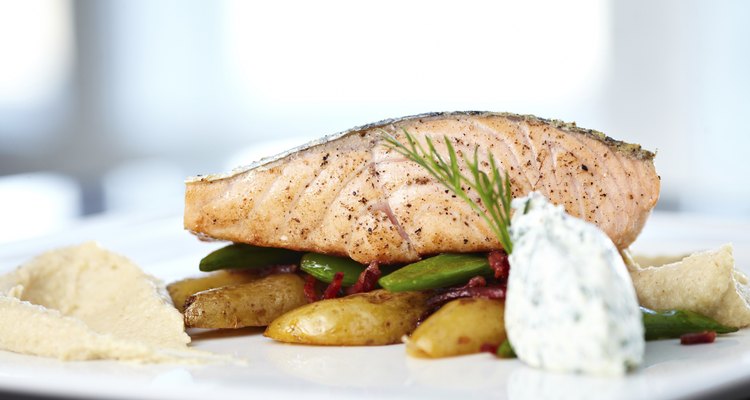
mtoome/iStock/Getty Images
High-end ranges often blur the line between amateur and professional cooking, bringing restaurant-style features to the home kitchen. A French cooktop offers one of those upscale options, a heavy-duty flat cooking surface that can accommodate many pots and pans at once. The French cooktop provides a broad range of temperatures across its surface, so you must find an appropriate heat level rather than setting it. It's not difficult, but it's a rather different approach to cooking and requires some adjustment.
French Cooktop Basics
The cooktop itself is a heavy sheet of cast iron, with a round plate and set of concentric rings in the middle. The burner lies directly under the middle plate, which marks the area of highest temperature. As you move toward the corners, the temperature goes down accordingly. By sliding your pans toward or away from the hot center, you can exercise very fine control over their cooking temperature. On some -- but not all -- models, you can lift out the central plate for wok cooking or extra-hot boiling. Overall, the French cooktop resembles teppanyaki grills used in Japanese restaurants, but unlike the Japanese version you don't cook directly on a French cooktop.
Using Your Cooktop
The French cooktop takes at least 30 minutes to heat and hours to cool, so the regular burners on your stove are better for quick meals or boiling water. The cooktop is best for large and elaborate meals, which require long simmering or the preparation of multiple dishes at once. The outer edges of your cooktop can gently warm dairy products or delicate sauces without scorching or burning them, while you saute or simmer your entree and side dishes in the hot and medium areas. With practice, you'll learn to have all your dishes finished at the same time -- restaurant style -- hot, and ready to serve.
Related Articles

What Is the Best Cookware for Electric ...

Bronze Cooking Pots
How to Cook With a Reverse Flow Smoker
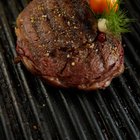
How to Cook a Steak With an Infrared ...

What Is a Hibachi Restaurant?
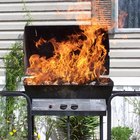
How Hot Should a Gas Grill Get?
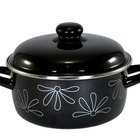
What Is the Difference Between a ...

The Advantages of Wok Cooking

How to Measure Water Temperature With ...

The Difference Between a Chafing Dish & ...

How to Cook Pork Chops on an Electric ...
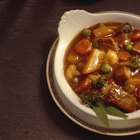
Can I Cook Beef Stew in a Slow Cooker ...

The Best Temperature for Wax Hair ...
How to Cook Prime Rib on an Electric ...
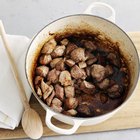
Can Ceramic Cookware Be Used on ...

How to Change Celsius to Fahreinheit on ...

What Is the Difference Between Wet & ...

How to Make a Cheap Smoker
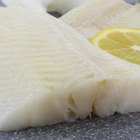
How to Cook Halibut on Wooden Planks
How to Reheat French Toast
References
Resources
Writer Bio
Fred Decker is a trained chef and prolific freelance writer. In previous careers, he sold insurance and mutual funds, and was a longtime retailer. He was educated at Memorial University of Newfoundland and the Northern Alberta Institute of Technology. His articles have appeared on numerous home and garden sites including GoneOutdoors, TheNest and eHow.
Photo Credits
mtoome/iStock/Getty Images